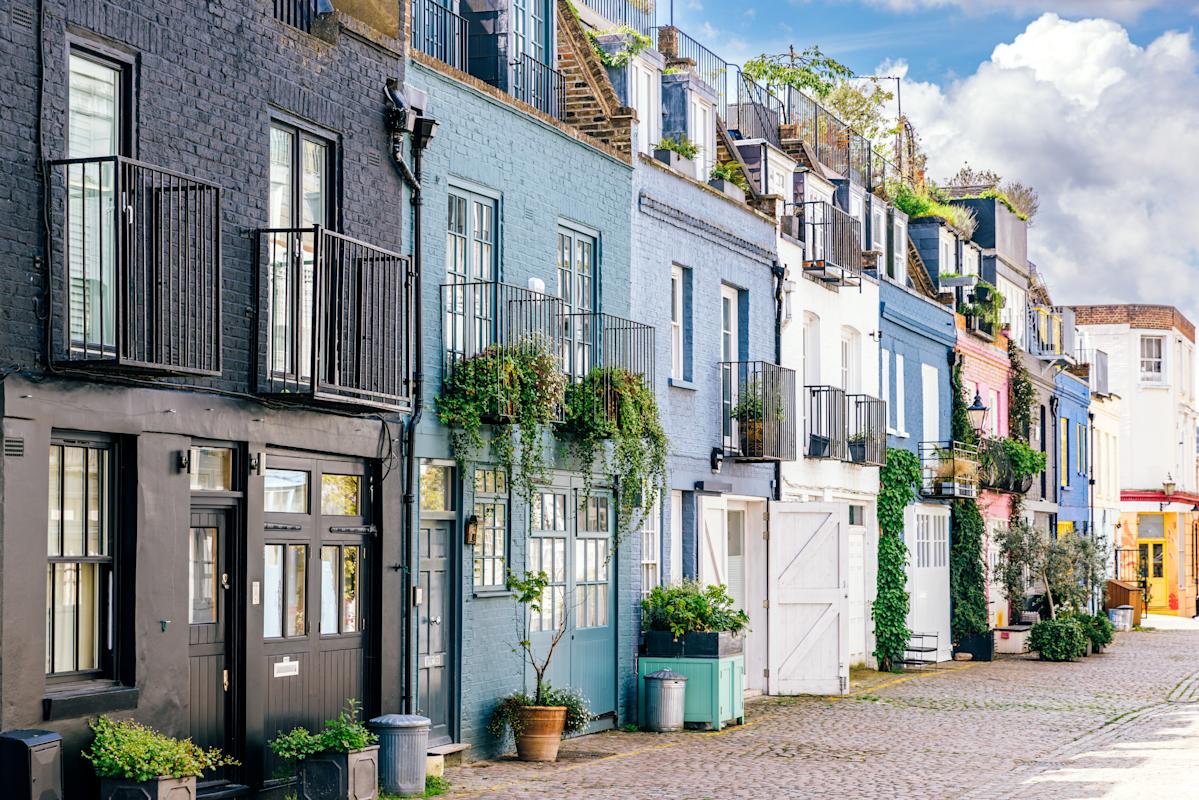The number of homes for sale in Great Britain that are priced at a £1m or more has doubled over the past six years, according to an analysis by property platform Rightmove (RMV.L).
Just over 5% of properties for sale in Britain have now crossed that price point, compared to just under 3% before the pandemic in 2019.
Rightmove’s analysis compared the prices of homes for sale between January and April 2025 with the same period six years ago.
Cornwall has seen the biggest increase in the number of homes for sale at £1m or more since 2019, with the amount having tripled (+246%) over the past six years. Uttlesford in Essex saw the second biggest increase (+233%) and Somerset came in third place (+226%).
As expected, London had most £1m homes for sale, with the boroughs of Westminister, Kensington & Chelsea and Wandsworth topping this list.
Meanwhile, Mole Valley in Surrey was the area which is increasingly becoming a million-pound market for buyers. More than a fifth (22%) of homes for sale in Mole Valley were priced at £1m or more, up 12% over the past six years.
Read more: UK house price growth halves after stamp duty break end
The London borough of Richmond has become the latest area where the average asking price has topped £1m for the first time, with the typical home now on the market for £1,006,981.
Across the thousands of local housing markets on its platform, Rightmove (RMV.L) said that there are now 66 areas outside of London with an average asking price of £1m or more back in 2019, more than doubling from 30 areas in 2019.
“The surge in million-pound homes for sale across Great Britain is substantial,” said Colleen Babcock, property expert at Rightmove. “This isn’t just happening in London; places like Cornwall, Uttlesford, and Somerset are also seeing big jumps in the number of high-value properties.”
Toby Leek, president of NAEA (National Association of Estate Agents) Propertymark, said: “The popularity and desire for our London capital remains strong, and with that comes increasing house prices, particularly in certain ‘high-value’ pockets such as Kensington and Chelsea.
“However, with huge social and economic changes happening, especially over the past decade, trends have shifted, meaning homeowners are looking for varying characteristics and locations, making rural, seaside and picturesque outer London areas much more appealing.”
Data released by the Office for National Statistics (ONS) on Wednesday showed that the annual rate of UK house price growth halved in April as the stamp duty ended. Prices rose by 3.5% to £265,000 in the 12 months to April, down from 7% in the year to March.
